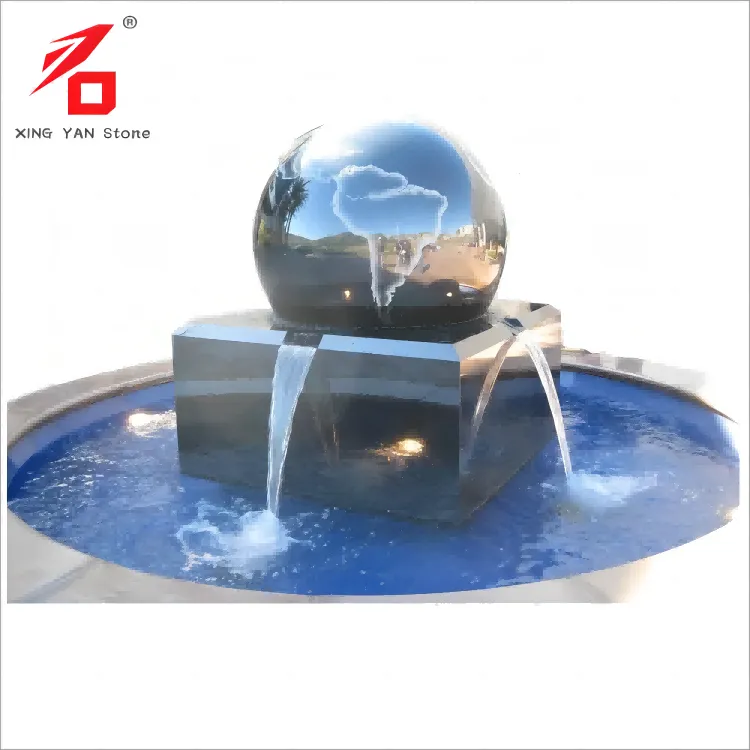How to Choose the Perfect Stone Fountain for Your Space
2024-08-20
Introduction
Choosing the perfect stone fountain for your outdoor space is an exciting endeavor that can greatly enhance the beauty and ambiance of your garden. However, with so many options available, finding the right fountain can be a daunting task. In this blog, we’ll explore key factors to consider when selecting a stone fountain to ensure it complements your space and meets your aesthetic and functional needs.
1. Consider the Style of Your Garden
Before choosing a stone fountain, consider the overall style and theme of your garden. A traditional garden may benefit from a classic, ornate fountain with intricate carvings, while a modern or minimalist garden might be better suited to a sleek, simple design.
- Traditional Gardens: Look for fountains with elaborate details, such as tiered designs, sculptures, or classical motifs. Materials like marble or limestone are often associated with traditional styles.
- Contemporary Gardens: Opt for fountains with clean lines and geometric shapes. Granite or basalt with a smooth finish can add a modern touch.
- Natural Gardens: If your garden has a rustic or naturalistic theme, choose a fountain made from materials like natural stone or slate, which blend seamlessly with the environment.
2. Size Matters
The size of the fountain should be proportional to the space where it will be placed. A large, grand fountain can dominate a spacious garden, while a smaller fountain may get lost. Conversely, a small fountain may be perfect for a cozy courtyard or a corner of the garden.
- Large Spaces: Consider multi-tiered fountains or those with significant height and width. They serve as striking focal points that draw the eye.
- Small Spaces: Choose a compact, low-profile fountain that adds charm without overwhelming the area. Wall-mounted fountains are also a great option for limited space.
3. Think About Placement
Where you place your stone fountain can significantly impact its visual appeal and functionality. Here are a few placement ideas:
- Centerpiece: Place the fountain at the center of your garden or courtyard to create a dramatic focal point. This works well in symmetrical garden designs.
- Corner Feature: Position the fountain in a garden corner or along a pathway, where it can provide a soothing backdrop without being the main attraction.
- Near Seating Areas: For a relaxing atmosphere, place the fountain near outdoor seating or dining areas, where the sound of flowing water can enhance the experience.
4. Consider Water Flow and Sound

The sound of water is one of the most appealing aspects of a stone fountain. Consider the type of water flow and the sound it will create. Some fountains produce a gentle trickle, while others offer a more robust cascade.
- Gentle Trickle: Ideal for creating a peaceful, meditative environment. This type of fountain is perfect for small gardens or quiet corners.
- Robust Flow: A stronger flow creates a more dynamic and lively sound, which can help mask noise from nearby streets or neighbors.
5. Maintenance Requirements
While stone fountains are durable, they do require some maintenance to keep them looking their best. Consider the ease of maintenance when choosing a fountain:
- Material: Some stones are more porous and may require more frequent cleaning and sealing to prevent staining and algae growth.
- Accessibility: Ensure that the fountain is easy to access for cleaning and repairs. Fountains with removable components or easy-to-reach basins simplify maintenance.
Conclusion
Selecting the perfect stone fountain involves considering the style, size, placement, water flow, and maintenance needs. By carefully evaluating these factors, you can choose a fountain that not only enhances your garden’s aesthetic but also creates a tranquil and inviting atmosphere. A well-chosen stone fountain can become the heart of your outdoor space, offering beauty and serenity for years to come.


